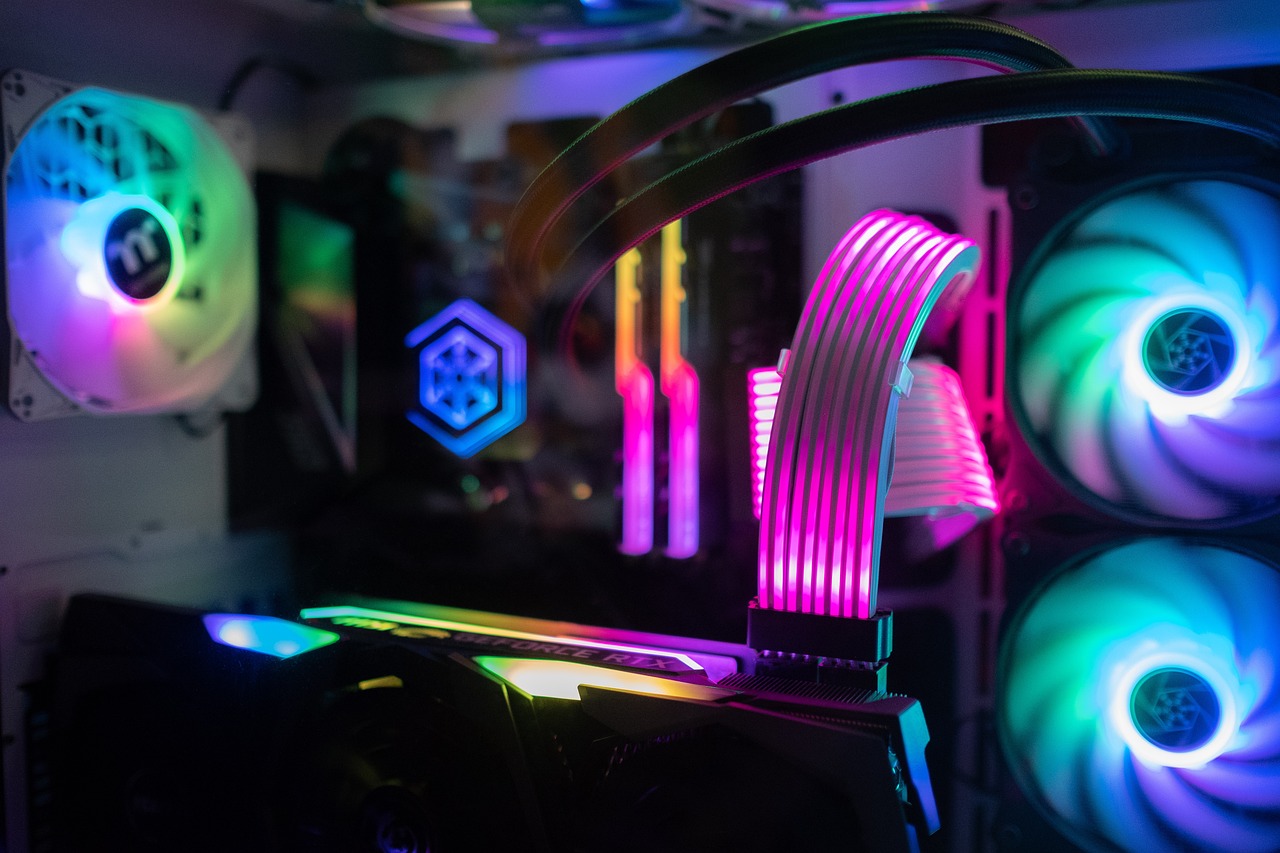The technology landscape is constantly evolving, and one area that continues to push boundaries is processor development. Every year, tech giants release newer, faster, and more efficient chips designed to power everything from smartphones to enterprise-level servers. The next generation of processors promises significant advancements in both performance and energy efficiency, driven by innovations in AI, gaming, cloud computing, and edge technologies. In this blog post, we’ll take a look at the most anticipated processors set to launch soon and what they could mean for the future of computing.
1. Intel’s 15th Gen Core “Arrow Lake”
Intel has been consistently evolving its Core lineup, and the upcoming 15th Gen, code-named “Arrow Lake,” is no exception. Built on Intel’s Intel 20A process node (2nm equivalent), Arrow Lake promises both performance and efficiency gains thanks to its new architectural refinements and increased core counts.
Key Features:
- Hybrid architecture: Similar to its Alder Lake predecessors, Arrow Lake will continue using a mix of Performance (P) cores and Efficiency (E) cores.
- AI Integration: Expect improved AI capabilities with native AI acceleration for better machine learning performance.
- Advanced graphics: Intel has made significant strides in integrated graphics, and the Arrow Lake processors are expected to ship with improved Intel Xe graphics, ideal for content creators and casual gaming.
Why It Matters: Intel’s 15th Gen Core processors are set to deliver a balance of performance and power efficiency, which should make them ideal for both gaming enthusiasts and professionals seeking versatile computing solutions.
2. AMD Ryzen 8000 Series “Zen 5”
AMD continues to challenge Intel’s dominance with its Ryzen series. The Ryzen 8000 series, powered by the new Zen 5 architecture, is expected to set new benchmarks in terms of multi-core performance, efficiency, and gaming prowess.
Key Features:
- Zen 5 Architecture: This architecture is expected to bring around 15-20% IPC (Instructions Per Clock) improvements over Zen 4.
- Chiplet Design: AMD will likely continue using its successful chiplet architecture, offering more cores and better scalability.
- Support for DDR5 and PCIe 5.0: Full support for these advanced technologies means faster memory and storage solutions for next-gen computing.
Why It Matters: The Ryzen 8000 series could be the go-to choice for power users, gamers, and professionals. With its anticipated leadership in multi-threaded workloads and gaming performance, it promises to remain a significant player in the CPU market.
3. Apple M3 Processor
Apple’s transition to its in-house silicon has been nothing short of revolutionary, and the upcoming M3 chip is expected to continue that trend. Leveraging a 3nm process, the M3 is anticipated to offer even more efficiency and performance over the already powerful M2 chip.
Key Features:
- 3nm Process: The shift to a 3nm architecture will allow Apple to pack even more transistors into its chips, boosting performance and reducing power consumption.
- Improved GPU Performance: Apple’s silicon chips have been known for their integrated GPU performance, and the M3 is expected to take it a step further, catering to creative professionals and gamers alike.
- Unified Memory Architecture (UMA): As with previous chips, expect Apple to continue its Unified Memory Architecture, offering high memory bandwidth and low latency.
Why It Matters: Apple’s M3 processors are expected to power the next generation of MacBooks and iPads, giving consumers faster, more efficient devices that excel in both battery life and processing power. The M3 could also play a big role in boosting AI and machine learning tasks, enhancing Apple’s ecosystem further.
4. Qualcomm Snapdragon 8 Gen 3
Mobile processors are just as important as desktop CPUs, and Qualcomm’s upcoming Snapdragon 8 Gen 3 is shaping up to be a powerhouse for smartphones. Built on a 3nm process, this chip will bring major upgrades to flagship Android devices.
Key Features:
- 3nm Node: Like Apple’s M3, Qualcomm’s Snapdragon 8 Gen 3 will benefit from the efficiencies and performance improvements that come from the smaller 3nm process.
- AI and ML Capabilities: With AI being a growing focus in mobile devices, the Snapdragon 8 Gen 3 will feature advanced AI capabilities, improving everything from photography to battery management.
- Enhanced 5G and Wi-Fi: With better support for faster 5G speeds and Wi-Fi 7, this chip will allow for blazing-fast connectivity.
Why It Matters: Snapdragon 8 Gen 3 will enable next-gen smartphones to offer better performance for gaming, AI-powered applications, and enhanced camera functionalities. It’s expected to solidify Qualcomm’s place in the high-end mobile chipset market.
5. NVIDIA Grace CPU Superchip
While NVIDIA is typically known for its GPUs, the company is making strides into the CPU market with its Grace CPU Superchip. This processor, targeted at data centers and AI workloads, is expected to deliver unmatched performance for machine learning, AI inference, and HPC (high-performance computing).
Key Features:
- Based on ARM architecture: The Grace CPU Superchip will be built on ARM’s architecture, with a focus on energy efficiency and parallel computing capabilities.
- Integration with GPUs: One of the highlights of the Grace Superchip is its tight integration with NVIDIA GPUs, allowing for massive data throughput ideal for AI and data-intensive applications.
Why It Matters: NVIDIA’s Grace CPU Superchip could redefine data center performance, offering a powerful solution for enterprises focused on AI workloads and high-performance computing.
Conclusion: The Future of Processing Power
The next generation of processors is poised to deliver significant advances in performance, efficiency, and specialized capabilities. Whether it’s the gaming prowess of AMD’s Zen 5, the AI-boosting capabilities of Intel’s Arrow Lake, or the industry-shaping M3 chip from Apple, consumers and businesses alike have a lot to look forward to.
These upcoming processors will not only power our laptops, desktops, and smartphones but will also be at the core of future AI, machine learning, and edge computing applications, further transforming how we interact with technology. As always, keeping an eye on the latest releases and innovations in the processor market can give you a glimpse of what’s next for computing.



